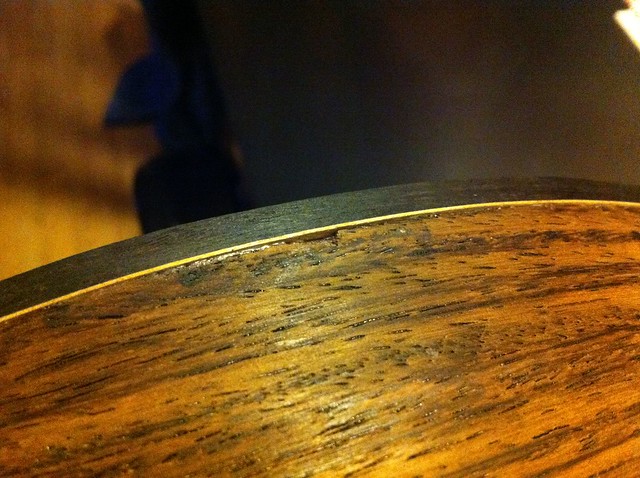|
How to fill tear outs?
(Full Version)
|
|
Foro Flamenco: http://www.foroflamenco.com/ - Discussions: http://www.foroflamenco.com/default.asp?catApp=0 - - Lutherie: http://www.foroflamenco.com/in_forum.asp?forumid=22 - - - How to fill tear outs?: http://www.foroflamenco.com/fb.asp?m=185810 |
|
|
|||||||
|
|||||||
|
|||||||
|
|||||||
|
|||||||
|
|||||||
|
|||||||
|
|||||||
|
|||||||
|
|||||||
|
|||||||
|
|||||||
|
|||||||
|
| Forum Software powered by ASP Playground Advanced Edition 2.0.5 Copyright © 2000 - 2003 ASPPlayground.NET |

